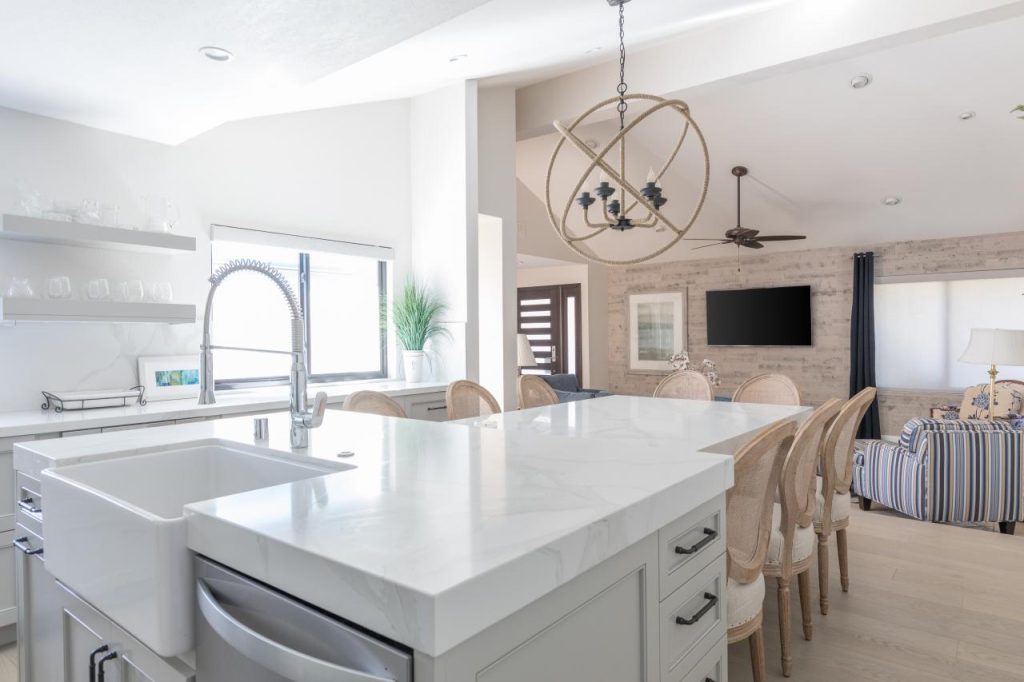In the fast-paced and dynamic world of the culinary industry, the success of a restaurant hinges not only on the skills of its chefs but also on the efficiency of its kitchen. Choosing the right restaurant kitchen equipment is a crucial aspect of ensuring seamless operations, maintaining quality standards, and achieving culinary success. This guide outlines key considerations to keep in mind when purchasing kitchen equipment for your restaurant.
Assess Your Menu and Cuisine Type – Before diving into the world of kitchen equipment, take a close look at your menu and cuisine type. Different cuisines and menu items require specific tools and appliances. For example, a pizzeria may prioritize a high-quality pizza oven, while a fine-dining establishment might focus on precision cooking equipment.
Quality and Durability – Invest in high-quality, durable equipment that can withstand the demands of a busy kitchen. While upfront costs may be higher for top-tier equipment, the long-term benefits in terms of performance and longevity will outweigh the initial expenses. Look for reputable brands with a history of reliability.
Space Considerations – Assess the available space in your kitchen before making any purchases. Proper spacing is essential for the safety and efficiency of kitchen staff. Optimize your layout by choosing equipment that fits seamlessly into the available space without causing congestion.
Energy Efficiency – In an era of increased focus on sustainability, energy-efficient kitchen equipment is not only environmentally friendly but also cost-effective. Look for appliances with Energy Star ratings or other certifications that indicate their energy efficiency. This not only reduces your ecological footprint but can also lead to significant savings on utility bills.
Ease of Cleaning and Maintenance – A clean and well-maintained kitchen is a fundamental requirement for any successful restaurant. Choose equipment that is easy to clean and maintain, as this will contribute to the overall hygiene of your kitchen and ensure a longer lifespan for your appliances.
Multi-Functionality – Space in a commercial kitchen is precious, so prioritize equipment that serves multiple functions. This not only saves space but also enhances the versatility of your kitchen. For instance, a combination oven that can bake, roast, and steam provides more value than separate units for each function.
Compliance with Regulations – Familiarize yourself with local health and safety regulations, and ensure that the equipment you purchase complies with these standards. Non-compliance can lead to penalties, closures, or even legal issues. Prioritize equipment with necessary certifications and safety features.
Warranty and Support – Look for equipment that comes with a comprehensive warranty and reliable customer support. A strong warranty reflects the manufacturer’s confidence in their product, and prompt support can minimize downtime in case of any malfunctions.
Future Expansion Considerations – Anticipate the growth of your restaurant and select equipment that can accommodate increased demand. Planning for future expansion ensures that your kitchen can scale up operations without the need for major overhauls or additional investments. Buying Rovsun restaurant kitchen equipment requires a strategic and informed approach.

